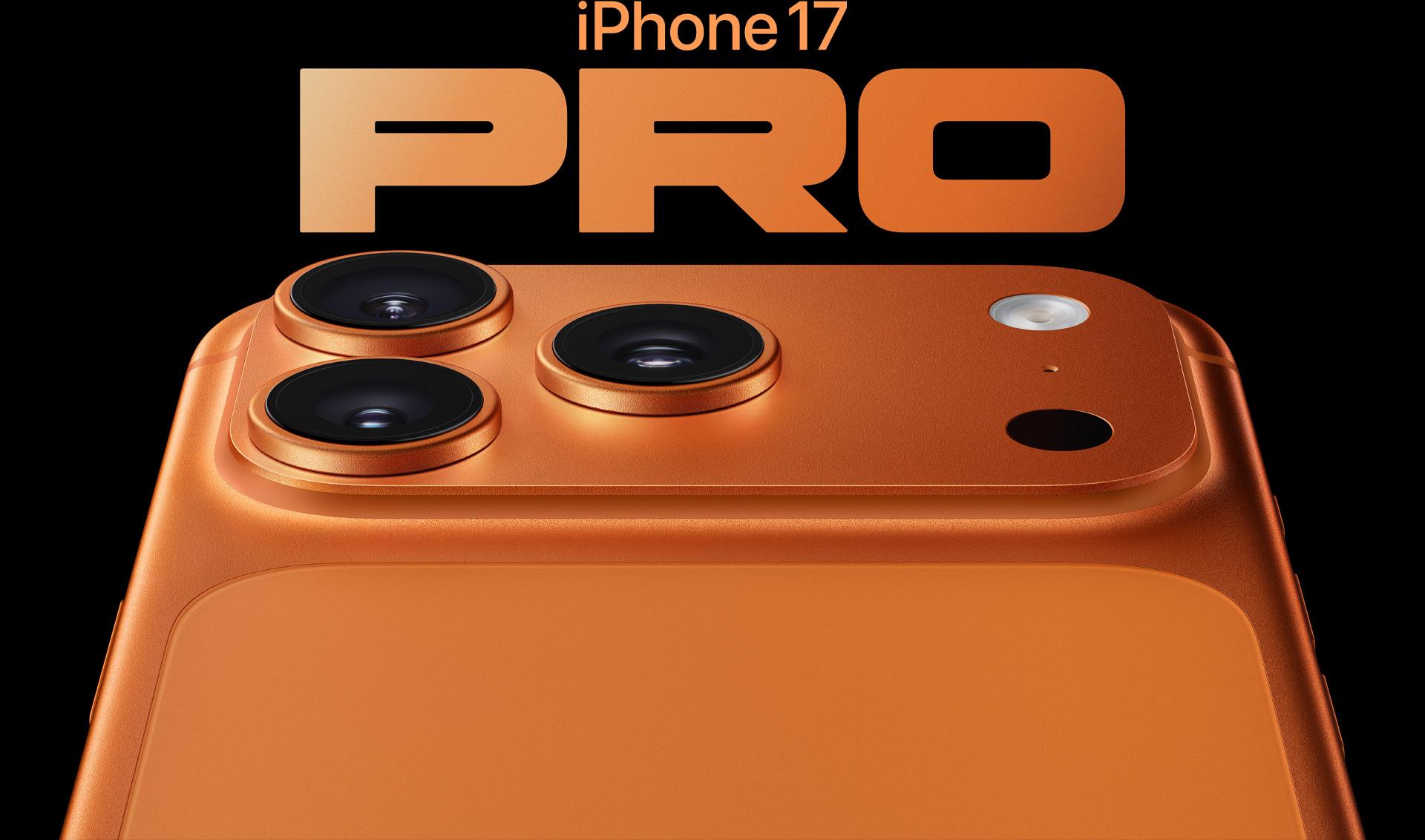Apple once again captured the world’s attention after officially launching the iPhone 17 on September 9, 2025. The annual event, branded as “awe-dropping,” introduced four models: the standard iPhone 17, iPhone 17 Pro, iPhone 17 Pro Max, and the surprise addition, iPhone Air. The iPhone Air quickly became the highlight as it offers an ultra-thin body at just 5.6 millimeters with a titanium frame.
This launch reflects Apple’s increasingly refined strategy in segmenting its products. The company positioned the standard iPhone 17 as the go-to choice for most users, while the Pro versions target those seeking higher performance. Meanwhile, the iPhone Air caters to customers who want a slim, lightweight device without compromising power. Through this approach, Apple aims to capture a broader market while strengthening its competitive edge.
Pre-orders officially opened on September 12, 2025, and global sales will begin on September 19, 2025. This timeline has become a hallmark of Apple’s product cycle, giving the market time to absorb the buzz while amplifying anticipation ahead of the release.
Design and innovation stand out
The iPhone Air was the biggest surprise of the year’s launch. Measuring only 5.6 millimeters thick, it set a record as the slimmest iPhone ever released. Its lightweight design is paired with Grade 5 titanium, ensuring both comfort and durability. Apple claimed the battery can last a full day despite the slimmer build, a statement that quickly caught the attention of analysts who praised the balance of elegance and endurance.
Meanwhile, the standard iPhone 17 comes with a 6.3-inch OLED display featuring ProMotion technology. The refresh rate reaches 120 Hz, making scrolling, gaming, and video playback significantly smoother. The display can scale down to 1 Hz when showing static content to save power. Protection is provided by Ceramic Shield 2, which Apple says is three times stronger than its predecessor.
Another significant change comes in storage capacity. Apple removed the 128 GB option, making 256 GB the new minimum. This decision signals a new direction that encourages users to store more data locally while also leaning on Apple’s expanding cloud ecosystem.
High performance and advanced cameras
All iPhone 17 models are powered by the A19 chip built on a 3-nanometer process. The Pro and Pro Max versions use the A19 Pro, offering stronger graphics performance and improved efficiency. This upgrade highlights Apple’s readiness for AI-driven applications and high-end mobile gaming.
The camera system has also been upgraded. The standard iPhone 17 features a dual 48 MP Dual Fusion setup that delivers sharper details and better performance in low-light conditions. On the front, an 18 MP camera with Center Stage technology automatically adjusts its view to follow users during video calls.
The iPhone 17 Pro and Pro Max go further with a triple 48 MP Fusion system, including main, ultrawide, and periscope telephoto lenses. This setup provides a wider zoom range and professional-quality images. Apple also emphasized 4K video recording with cinematic stabilization, a feature designed to attract content creators worldwide.
Connectivity upgrades and pricing
Apple introduced its in-house N1 networking chip, which supports Wi-Fi 7, Bluetooth 6, and Thread protocol for smart home integration. Alongside it comes the new C1X 5G modem, which promises speeds up to twice as fast as the previous generation. These moves show Apple’s intent to reduce reliance on external suppliers and gain greater control over its hardware ecosystem.
Pricing for the iPhone 17 starts at 799 US dollars for the 256 GB model. The iPhone Air is priced at around 999 dollars, while the iPhone 17 Pro begins at 1,099 dollars. The top-tier iPhone 17 Pro Max starts at 1,199 dollars, with the 2 TB version reaching up to 1,999 dollars. In India, the 256 GB model is priced from 82,900 rupees.
Market analysts predict strong demand despite slight price adjustments. The launch of the iPhone Air is seen as Apple’s response to a growing consumer trend for slimmer yet powerful devices. International media outlets described the move as a bold differentiation strategy to reinforce Apple’s market leadership against tough competition from South Korean and Chinese smartphone makers.
The launch of the iPhone 17 confirms Apple’s consistency in delivering innovative design, performance improvements, and calculated marketing strategies. The debut of the iPhone Air underscores the company’s ambition to continually redefine the user experience. With cutting-edge technology, professional-grade cameras, and better battery efficiency, the iPhone 17 lineup is expected to rank among the year’s best-selling smartphones.
For more insights into the latest smartphone trends and their impact on the global tech industry, readers are encouraged to explore related articles on Olam News.
Discover more from Olam News
Subscribe to get the latest posts sent to your email.




